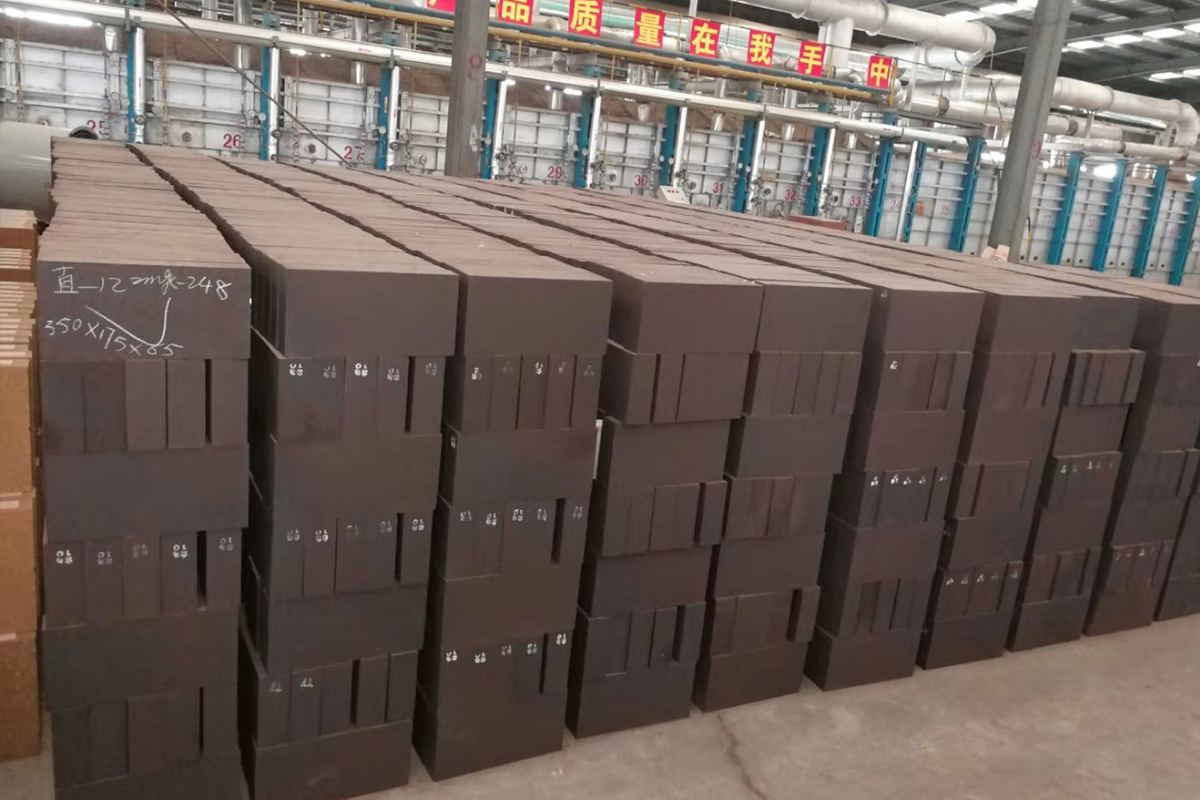On the stage of high-temperature industries, refractory bricks are like a silent and reliable guardian, playing a crucial role.
Refractory bricks, with their excellent high-temperature resistance, become the mainstay of industries such as steel, metallurgy, glass, and cement. When the raging fire burns in industrial furnaces and the temperature rises sharply, refractory bricks bravely face the challenge of high temperatures and hold their ground.
In terms of materials, there are various kinds of refractory bricks. There are corundum bricks, which are known for their high hardness and excellent high-temperature resistance and can maintain a stable structure and performance in extremely high-temperature environments. High alumina bricks are famous for their high alumina content and have good refractoriness and erosion resistance. And magnesium bricks, magnesium chromite bricks, magnesium carbon bricks, etc., show unique advantages in specific high-temperature industrial fields. They can withstand chemical erosion and mechanical impact at high temperatures and provide a solid guarantee for the smooth progress of industrial production.
Mullite bricks are favored for their excellent thermal stability and thermal shock resistance. Under working conditions with frequent temperature changes, mullite bricks can effectively resist the damage of thermal stress and prolong the service life of industrial furnaces. Magnesium aluminum spinel bricks combine the excellent characteristics of magnesium and aluminum and have a high melting point and good erosion resistance.
The manufacturing process of refractory bricks is even more a condensation of countless wisdom and efforts. From the selection of raw materials to the fine processing technology, every link is crucial. High-quality raw materials are strictly screened and proportioned, and then through processes such as high-temperature sintering, they finally become solid and durable refractory bricks.
In practical applications, the installation and maintenance of refractory bricks cannot be ignored. The correct installation method can ensure that refractory bricks fit closely and form a good insulation and refractory layer. Regular maintenance and inspection can detect problems in time and carry out repairs to ensure the safe operation of industrial furnaces.
With the continuous progress of science and technology, refractory bricks are also constantly innovating and developing. The research and development of new refractory brick materials aims to improve the performance of refractory bricks, reduce production costs, and meet increasingly strict environmental protection requirements. At the same time, more advanced production processes and detection methods are also emerging constantly, providing stronger guarantees for the quality of refractory bricks.
In short, as an important part of high-temperature industries, refractory bricks, with their excellent performance and reliable quality, have made indelible contributions to the safe and efficient operation of industrial production. In the future development, refractory bricks will continue to play an irreplaceable role and contribute to promoting industrial progress and economic development.

